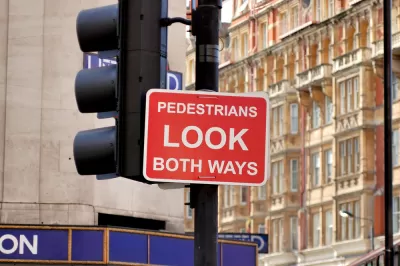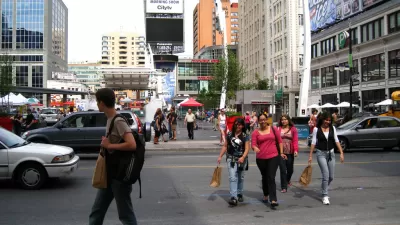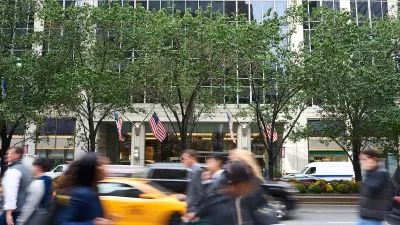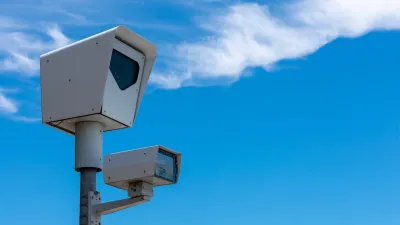Beginning in March, police will no longer be able to stop people for crossing the street outside of a crosswalk, a small component of reform intended to protect BIPOC from the historically discriminatory application of traffic laws.

Wyatt Gordon reports from Virginia, where a bill to decriminalize jaywalking was approved by the General Assembly earlier this year.
"Though it didn’t garner as much attention as other police reform measures during the special legislative session that ended this fall, a provision to decriminalize jaywalking in a pretextual policing bill from Delegate Patrick Hope, D-Arlington, means that come March 1, police will no longer be able to stop folks for the act of crossing the street outside of a marked crosswalk," writes Gordon.
"Criminal justice reformers called it a small step along the path to reducing encounters with the police, especially for people of color," adds Gordon, to assess the significance of the change in the law.
Gordon provides a lot more detail on what is means to decriminalizing jaywalking, and by extension the unofficial by highly damaging crime of "walking while black."
A 2019 audit of the New York Police Department revealed that officers issued 90 percent of “illegal or unsafe crossing” tickets to Blacks and Hispanics although those two groups make up just 55 percent of the Big Apple’s population. A ProPublica investigation in Jacksonville, Florida similarly found Black residents received 78 percent of all tickets for “walking in the roadway where sidewalks are provided” despite comprising just 29 percent of the city’s population.
Gordon also includes analysis of concerns that by legalizing jaywalking, the state might encourage risky or dangerous behaviors by pedestrians.
FULL STORY: Jaywalking decriminalization is coming, 100 years after the auto industry helped make it a crime

Study: Maui’s Plan to Convert Vacation Rentals to Long-Term Housing Could Cause Nearly $1 Billion Economic Loss
The plan would reduce visitor accommodation by 25,% resulting in 1,900 jobs lost.

North Texas Transit Leaders Tout Benefits of TOD for Growing Region
At a summit focused on transit-oriented development, policymakers discussed how North Texas’ expanded light rail system can serve as a tool for economic growth.

Why Should We Subsidize Public Transportation?
Many public transit agencies face financial stress due to rising costs, declining fare revenue, and declining subsidies. Transit advocates must provide a strong business case for increasing public transit funding.

How to Make US Trains Faster
Changes to boarding platforms and a switch to electric trains could improve U.S. passenger rail service without the added cost of high-speed rail.

Columbia’s Revitalized ‘Loop’ Is a Hub for Local Entrepreneurs
A focus on small businesses is helping a commercial corridor in Columbia, Missouri thrive.

Invasive Insect Threatens Minnesota’s Ash Forests
The Emerald Ash Borer is a rapidly spreading invasive pest threatening Minnesota’s ash trees, and homeowners are encouraged to plant diverse replacement species, avoid moving ash firewood, and monitor for signs of infestation.
Urban Design for Planners 1: Software Tools
This six-course series explores essential urban design concepts using open source software and equips planners with the tools they need to participate fully in the urban design process.
Planning for Universal Design
Learn the tools for implementing Universal Design in planning regulations.
Ascent Environmental
Borough of Carlisle
Institute for Housing and Urban Development Studies (IHS)
City of Grandview
Harvard GSD Executive Education
Toledo-Lucas County Plan Commissions
Salt Lake City
NYU Wagner Graduate School of Public Service





























